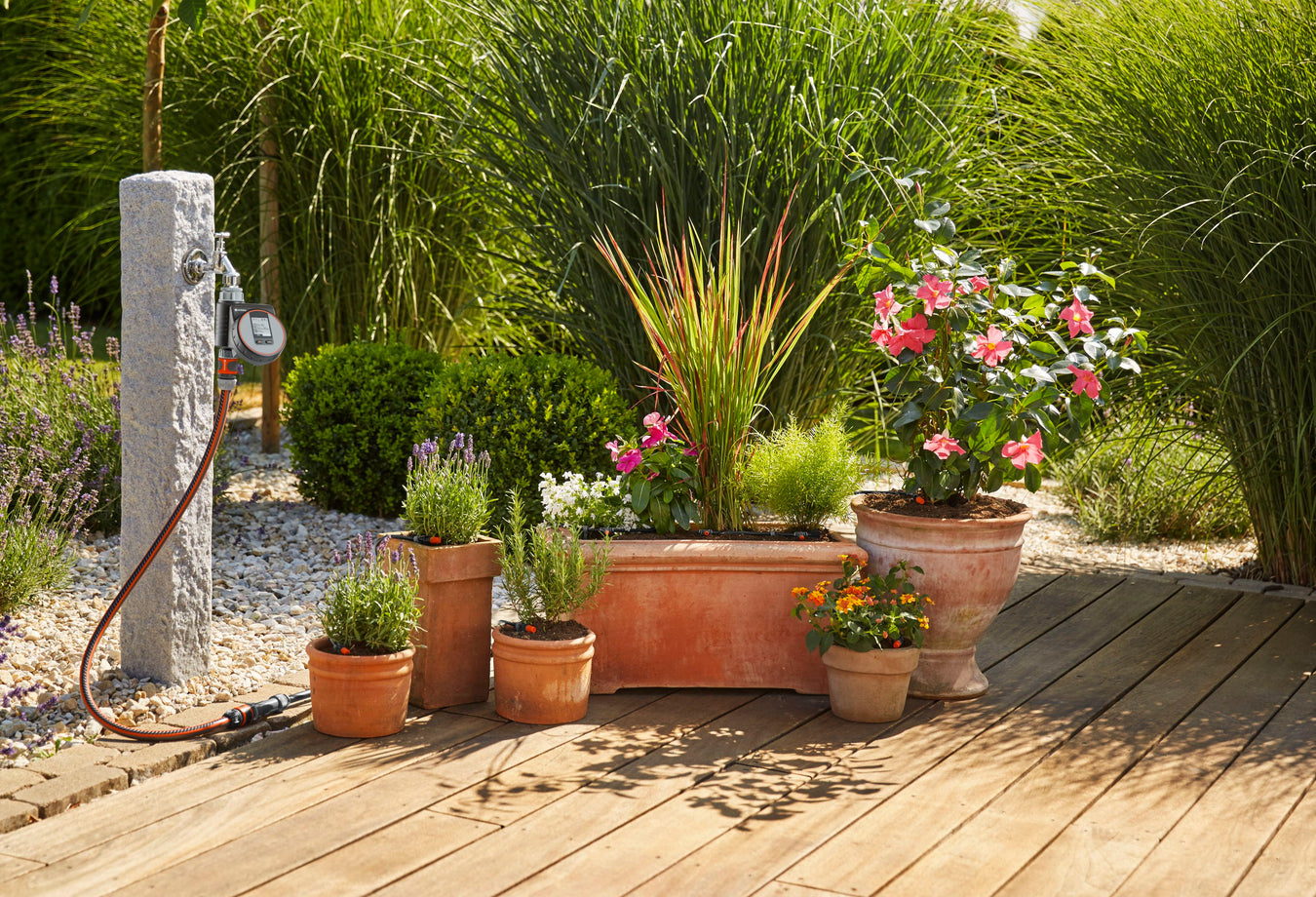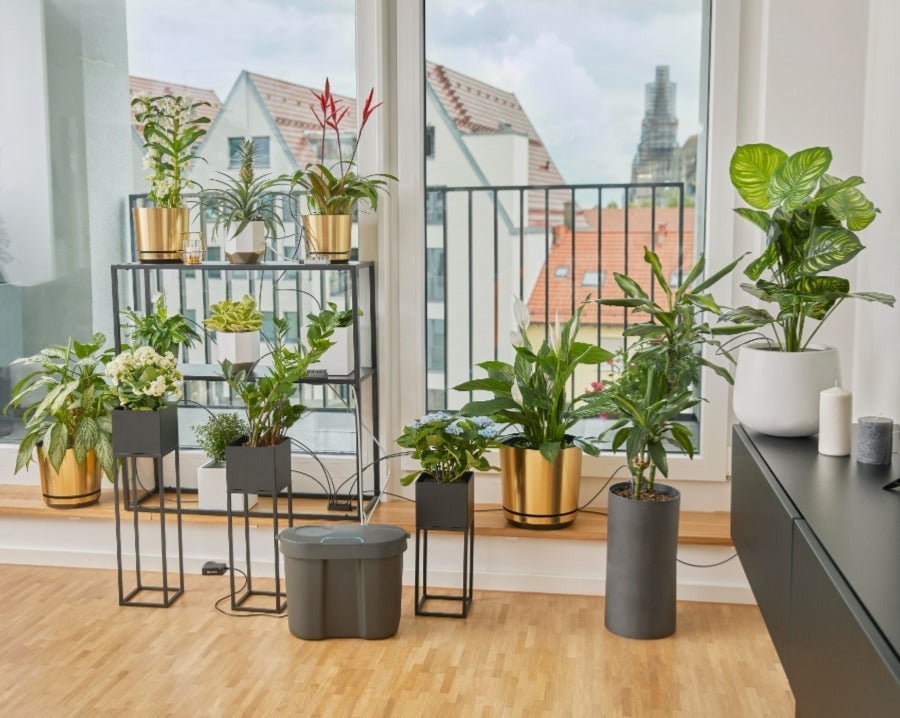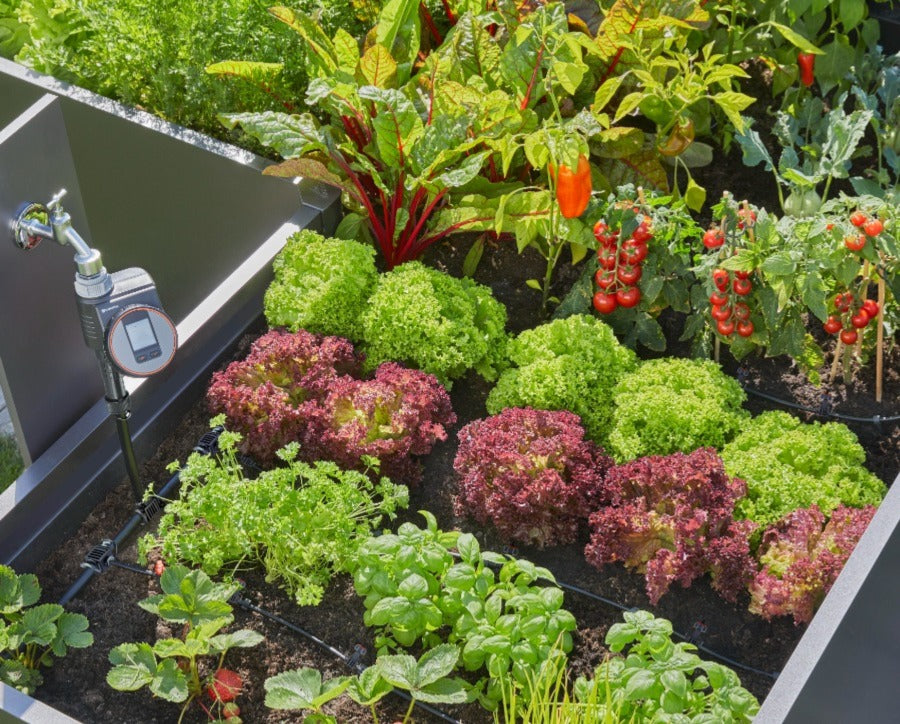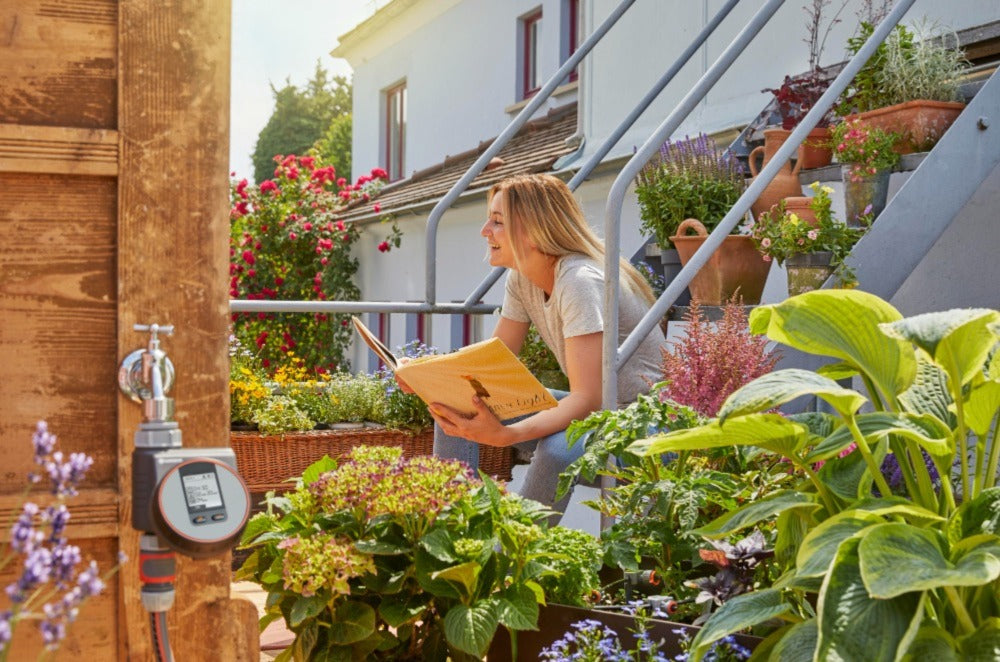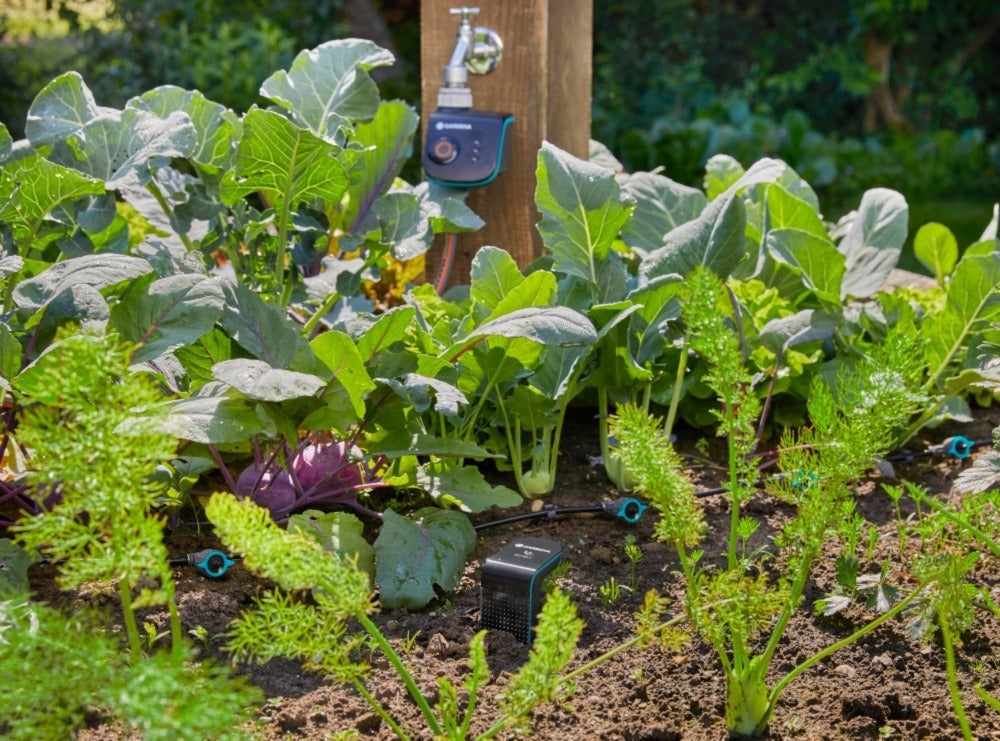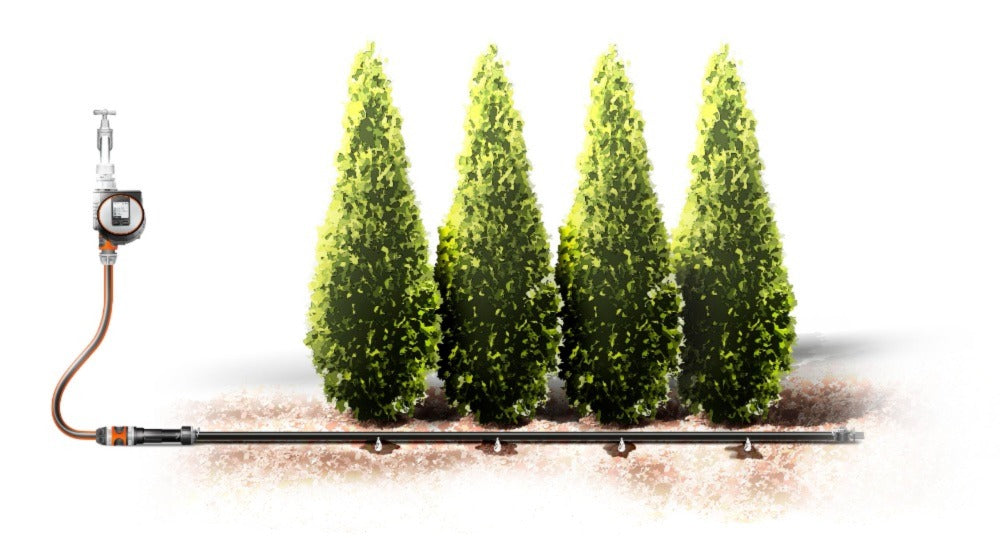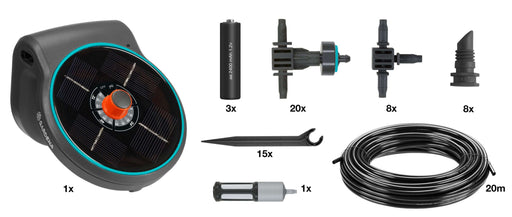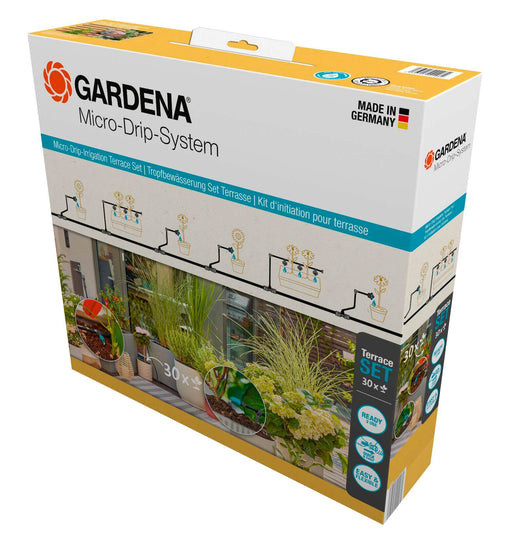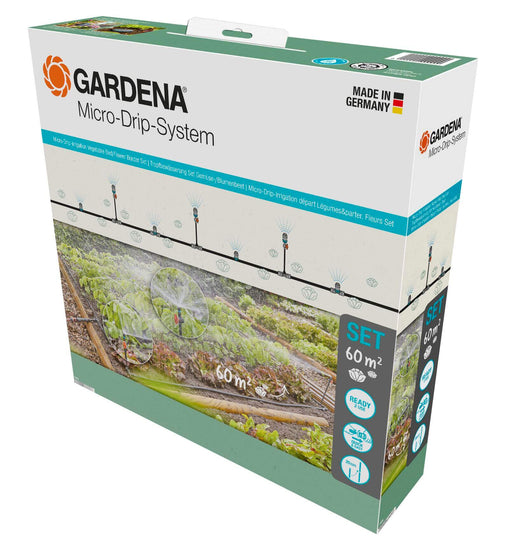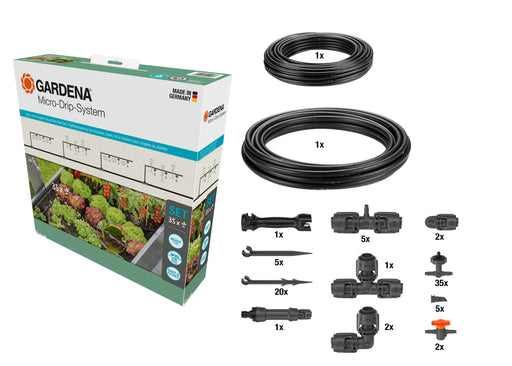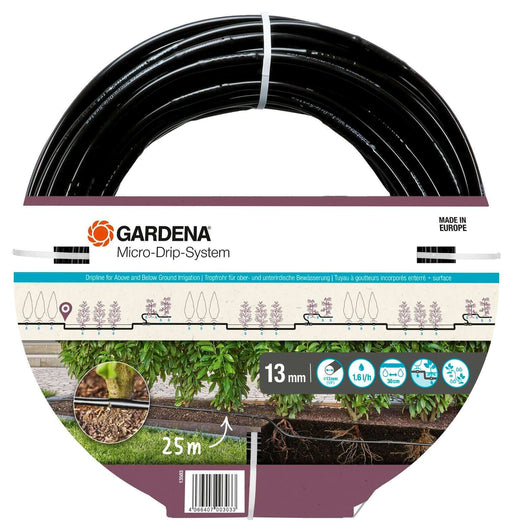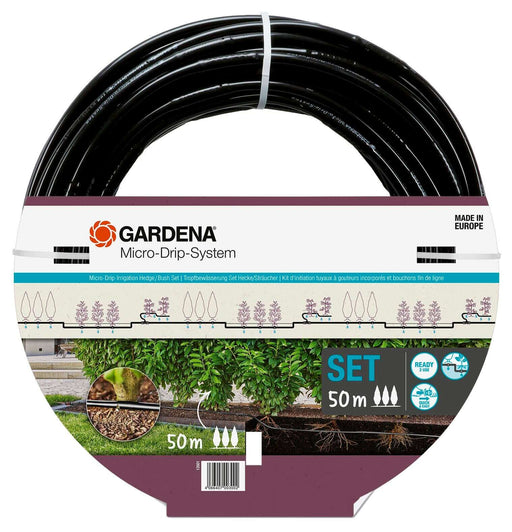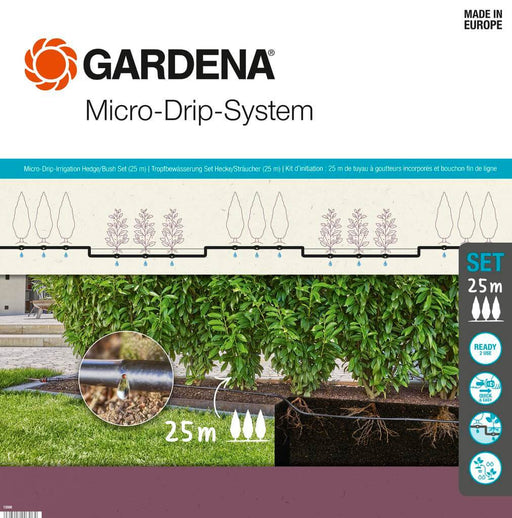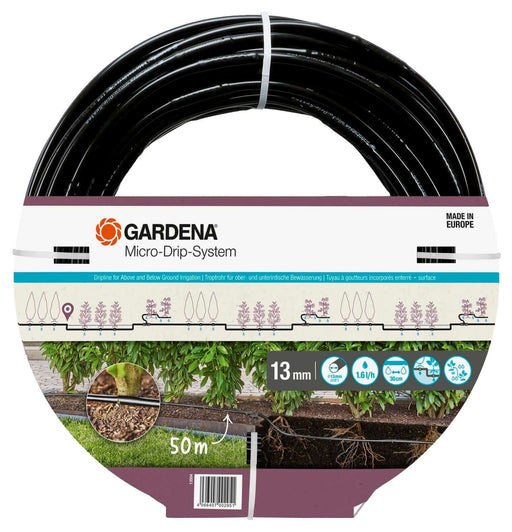1. What is drip irrigation?
Drip irrigation is a water-efficient method of delivering controlled amounts of water directly to the base of plants through a network of tubes, pipes, and emitters. It ensures that water is delivered exactly where it's needed, minimizing wastage and promoting healthier plant growth.
2. How does drip irrigation work?
Drip irrigation works by slowly releasing water at a consistent rate directly to the plant's root zone. This is achieved through emitters or drippers placed along the irrigation lines. The system can be automated with timers or controlled manually, allowing precise control over watering frequency and duration.
3. What are the benefits of drip irrigation?
Drip irrigation offers several benefits, including:
- Efficient water usage: Minimizes water wastage through targeted watering.
- Reduced weed growth: Water is delivered to plant roots, not to surrounding areas where weeds may grow.
- Prevention of foliar diseases: Water doesn't touch leaves, reducing the risk of fungal diseases.
- Consistent plant growth: Plants receive a consistent supply of water, promoting healthy growth.
- Decreased erosion: Slow, controlled water delivery reduces soil erosion.
- Time savings: Automated systems reduce the need for manual watering.
4. Which plants are best suited for drip irrigation?
Drip irrigation is suitable for a wide range of plants, including vegetables, ornamentals, shrubs, and trees. It's especially effective for plants that require consistent moisture and those with sensitive foliage.
5. How do I install a drip irrigation system?
Installation involves laying out the main water supply line, connecting drip tubing or pipes, and placing emitters at appropriate intervals. It's recommended to plan the layout based on plant spacing, water requirements, and the terrain of your garden.
6. Can I customize the drip system to match different plant water needs?
Yes, drip irrigation systems are highly customizable. You can select different types of emitters with varying flow rates to accommodate plants with different water requirements. This flexibility allows you to optimize water delivery for each plant.
7. How do I prevent clogging of emitters?
To prevent clogging, it's important to use filtered water and install proper filtration systems, such as screen filters and disk filters. Regular maintenance, including flushing the system and cleaning filters, helps keep emitters clear and functioning optimally.
8. Can I use a drip irrigation system with a timer?
Yes, drip irrigation systems can be easily automated with timers. Timers allow you to set watering schedules, ensuring consistent and efficient water delivery without the need for constant monitoring.
9. Is drip irrigation more water-efficient than traditional sprinklers?
Yes, drip irrigation is generally more water-efficient than traditional sprinkler systems. Drip systems deliver water directly to plant roots, minimizing evaporation and runoff. This targeted approach can lead to significant water savings.
10. Can I retrofit my existing garden with a drip irrigation system?
Yes, you can retrofit an existing garden with a drip irrigation system. There are drip irrigation starter kits available that make the process easier. By strategically placing tubing, emitters, and connectors, you can transform your garden into a more water-efficient space.
11. Are there any disadvantages to drip irrigation?
While highly beneficial, drip irrigation has a few potential downsides, such as initial setup costs, the need for occasional maintenance, and the possibility of clogged emitters if not properly filtered.
12. Is drip irrigation suitable for all soil types?
Drip irrigation is suitable for a variety of soil types, including sandy, loamy, and clay soils. However, proper system design and management are important to ensure efficient water distribution in each soil type.



